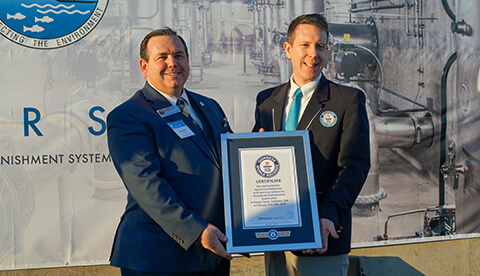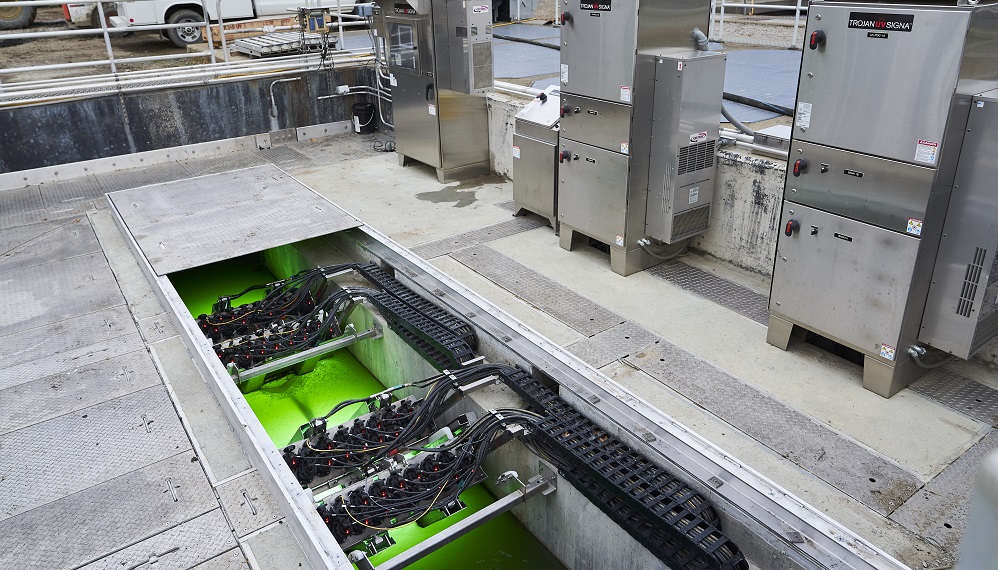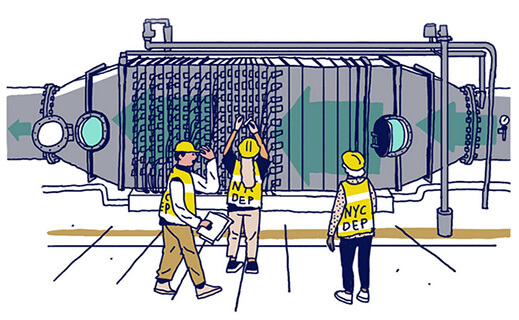Water Testing Basics
If your water is supplied by a municipality, large or small, your water supply is tested routinely, at the source. However, many of the pipes buried beneath our cities have been in place since the introduction of wide-spread water treatment. This aged and, in many cases, crumbling infrastructure now poses its own risk, which is why it’s smart to test the water where you use it – at your tap.
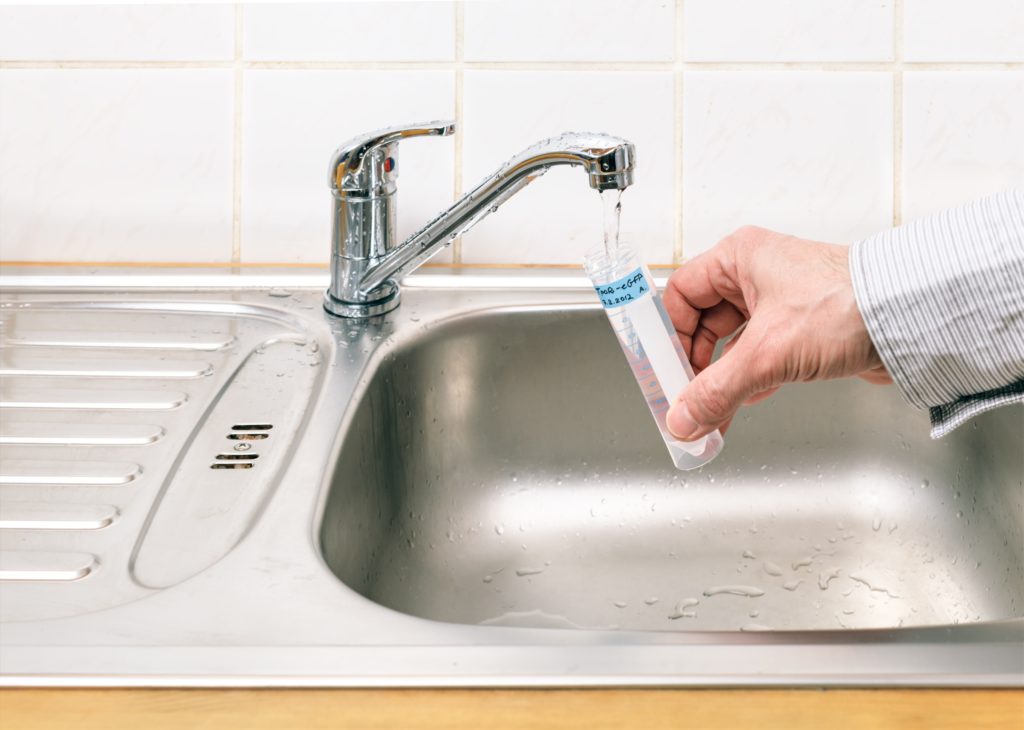
But what if you are on a private water supply? That could be a well, lake water, or even a rainwater tank. In these cases, no one is testing your water unless you are! It’s possible that your water was tested when you moved in or drilled a new well, but microbial water quality changes over time and can be impacted by extreme weather events, land-use changes, or a nearby failing septic system.
Private water system users are solely responsible for the quality of their water.
When Water Testing Makes Sense
Well, the simple answer is: all the time. You never know when your water quality might change. But here are some key events you may want to keep in mind as a red flag to test your water:
- Change to your water’s color, taste, or odor
- Your family is growing
- Unexplained gastrointestinal illness in anyone who has been drinking your water
- Your moving into a new home
For private well owners, basic testing for bacteria and nitrates is recommended by public health authorities, like the EPA or Health Canada, at least once a year. Other contaminants you may only need to test for once, such as hardness or iron, or infrequently, like radon. But this will depend on the prevalence of naturally occurring substances in the groundwater in your area. Again, your local public health department can provide specific guidance.
Where to Test
Public health units often provide testing. Otherwise, check your local listings for a certified laboratory that specializes in potable water tests. Regardless, you will want to obtain a testing kit with a sterile sample bottle. Follow the instructions carefully to make sure you don’t accidentally contaminate the sample, which could impact the test results. Consider where you take the actual water sample – at the wellhead, before any water treatment equipment, or at the tap.
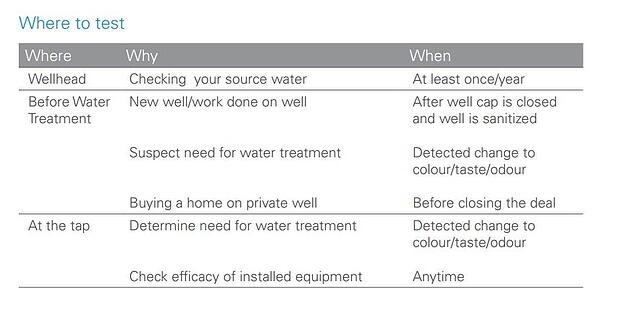
What To Do About The Results
Understanding your test results may be very straightforward. However, if you have any questions or concerns, reach out to a public health office or a water treatment specialist in your area.
Featured Posts
La primera planta piloto de reutilización de agua potable en Europa utiliza Trojan UV AOP
Trojan se enorgullece de formar parte del proyecto de purificación de agua AIGUANEIX del Consorci d'Aigües Costa Brava Girona Trojan Technologies se complace en compartir que formamos parte del proyecto piloto de reutilización de agua AIGUANEIX de la Diputació de...
First Potable Reuse Demo Plant in Europe uses Trojan UV AOP
Trojan is proudly part of the Consorci d'Aigües Costa Brava Girona’s AIGUANEIX water purification project Trojan Technologies is excited to share that we’re part of Diputació de Girona and Consorci d'Aigües Costa Brava Girona’s AIGUANEIX water reuse pilot project at...
Trojan Technologies Opens First U.S. Distribution Facility in Grand Rapids, Michigan
On March 3, 2025, Trojan Technologies celebrated the grand opening of its first U.S. distribution center in Grand Rapids, Michigan. This strategic expansion underscores the company's dedication to enhancing customer experience and optimizing the delivery of its...
